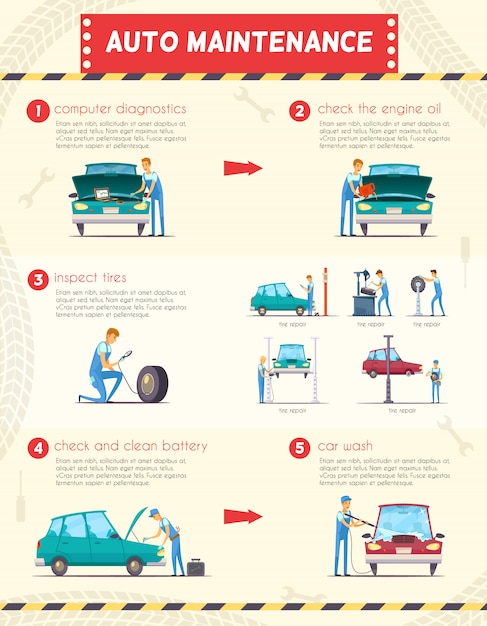Translating Your Automobile'S Alert Lights: Their True Effects
Translating Your Automobile'S Alert Lights: Their True Effects
Blog Article
Post Developed By-Hartley Alvarado
When you lag the wheel, those radiant caution lights on your dashboard can be a bit bewildering. Do you know what they're attempting to inform you regarding your automobile's wellness? Understanding the importance of these lights is vital for your safety and security and the longevity of your lorry. So, the following time one of those lights pops up, would not you want to analyze its message accurately and take the required actions to address it?
Common Warning Lights and Interpretations
Recognize usual warning lights in your car and comprehend their meanings to guarantee secure driving.
The most normal warning lights include the check engine light, which signifies issues with the engine or discharges system. If this light comes on, it's vital to have your automobile inspected immediately.
The oil stress alerting light suggests low oil stress, needing prompt focus to stop engine damage.
auto detailing flashing battery light might recommend a malfunctioning billing system, potentially leaving you stranded if not addressed.
The tire pressure tracking system (TPMS) light notifies you to reduced tire stress, impacting lorry security and gas effectiveness. Ignoring this could result in dangerous driving problems.
final touch indicates a problem with the anti-lock braking system, compromising your capacity to stop swiftly in emergencies.
Lastly, the coolant temperature cautioning light warns of engine overheating, which can result in extreme damages otherwise resolved promptly.
Comprehending these common warning lights will help you resolve concerns promptly and keep safe driving problems.
Importance of Prompt Interest
Recognizing the usual caution lights in your auto is just the initial step; the value of quickly resolving these warnings can't be highlighted enough to guarantee your security on the road.
When a caution light brightens on your control panel, it's your vehicle's means of communicating a possible problem that requires focus. Disregarding these warnings can cause more extreme problems in the future, compromising your security and potentially costing you a lot more in repairs.
Motivate interest to cautioning lights can stop failures and mishaps. As an example, a flashing check engine light might show a misfire that, if left ignored, could create damage to the catalytic converter. Addressing boat detailing near me can save you from a pricey repair.
Similarly, a brake system cautioning light could indicate low brake liquid or used brake pads, vital parts for your security when driving.
DIY Troubleshooting Tips
If you notice a caution light on your dashboard, there are a couple of DIY fixing ideas you can attempt before looking for specialist assistance.
The primary step is to consult your vehicle's guidebook to understand what the certain warning light indicates. Occasionally the problem can be as straightforward as a loosened gas cap causing the check engine light. Tightening the gas cap might settle the trouble.
Another common concern is a low battery, which can set off various advising lights. Examining the battery connections for corrosion and ensuring they're safe may deal with the trouble.
If a caution light lingers, you can try resetting it by detaching the car's battery for a couple of minutes and after that reconnecting it. In addition, checking your car's fluid degrees, such as oil, coolant, and brake liquid, can help repair cautioning lights associated with these systems.
Conclusion
Finally, understanding your auto's warning lights is essential for keeping your vehicle running efficiently and safely. By immediately addressing these signals and knowing what they suggest, you can avoid pricey fixings and potential breakdowns.
Bear in mind to consult your car's manual for certain details on each alerting light and take action as necessary to make sure a trouble-free driving experience.
Remain educated, remain safe when driving!
